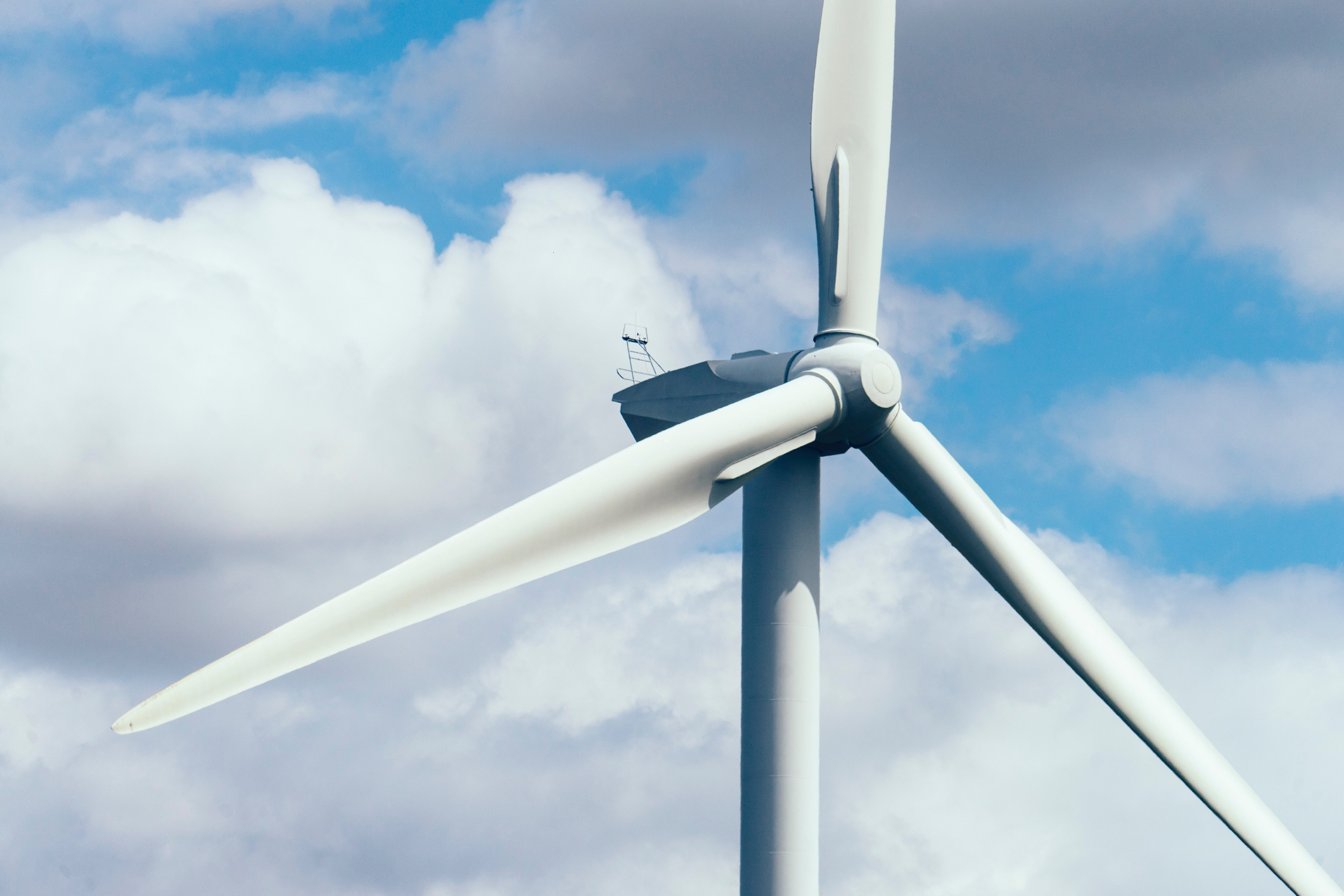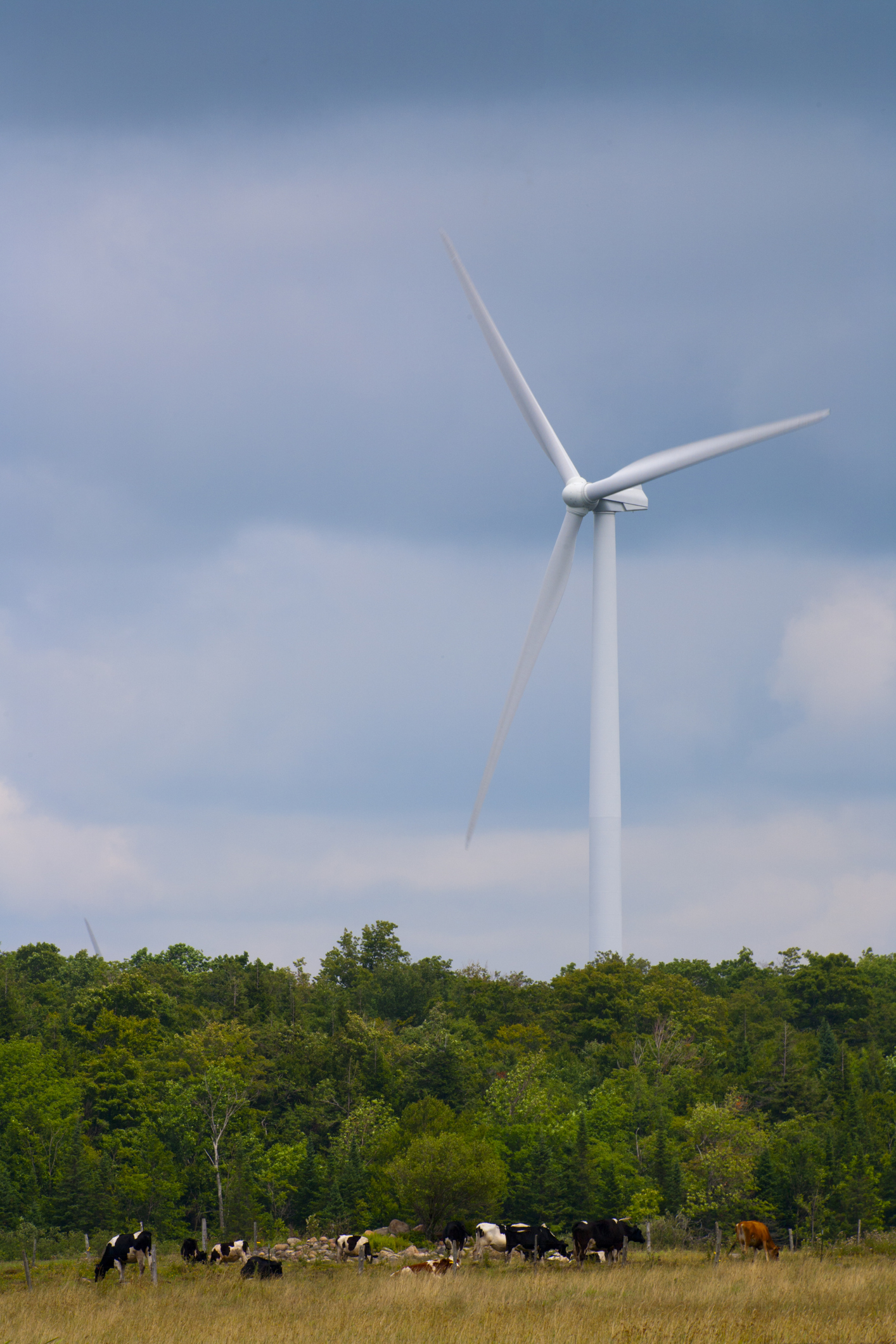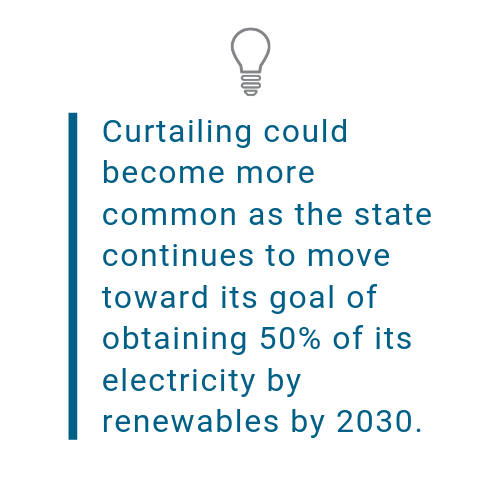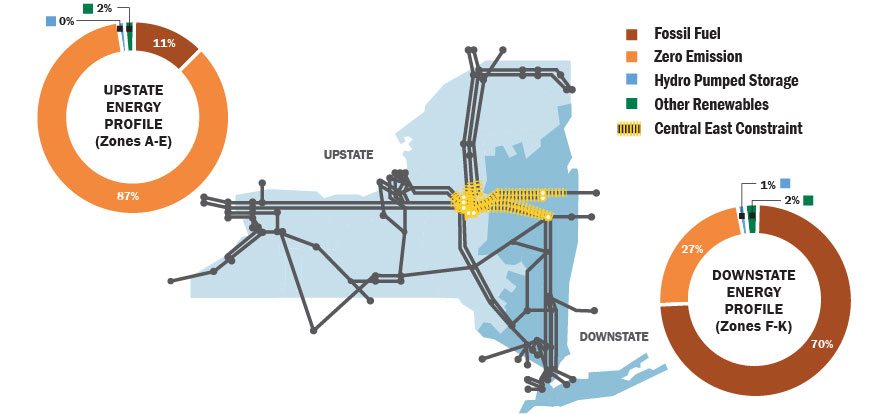Unbottling Wind: How We Can Expand Clean Energy

With the growing focus on climate change, policymakers are increasingly calling for clean energy to replace fossil fuels to power the grid. But due to the limitations of today’s grid, not all renewable sources we have on the system today are being used to their full advantage.
One recent example occurred in New York's North Country. This region has some of the most significant winds in the state, and as a result, some of the largest wind installations. What it doesn't have, however, is a lot of people who need electricity.

October was not unique. While we see curtailments every month, we saw similarly high curtailment levels in May and June of 2018.
When this happens, potential clean energy is lost, and other load areas have to rely more on fossil fuel-fired resources to meet demand. This can result in added costs to consumers and a grid that is not as green as it could be.
Currently, all of the wind power in New York is located in the upstate regions of the state. The constraints associated with getting that power to downstate consumers is what we refer to as "The Tale of Two Grids."

GRAPH: Of all the energy produced in the upstate portion of New York’s grid, 87% comes from zero-emission resources like hydro, nuclear, and wind. The downstate region consumes most of the energy on the grid, yet only 27% of the electricity produced in this region is derived from clean energy resources.
Important steps are being taken to address "The Tale of Two Grids." On April 8th, the NYISO Board of Directors announced the selection of two transmission projects to meet public policy needs identified by the New York State Public Service Commission.
The selected transmission projects will benefit consumers by:
- Increasing delivery of environmentally desirable power to meet state energy goal
- Relieving congestion
- Replacing aging infrastructure to bolster system reliability and resilience
The projects will add the largest amount of free-flowing transmission capacity to the state’s grid in more than 30 years.
Pursuant to the Federal Energy Regulatory Commission’s Order No. 1000 and the NYISO’s Public Policy Transmission Planning Process, the New York State Public Service Commission identified the need to expand the state’s AC transmission capability to deliver additional power from generating facilities located in upstate New York (including important renewable resources) to the population centers located downstate.
To provide additional capability to move power from upstate to downstate, the NYPSC identified the Public Policy Transmission Needs to increase transfer capability from central to eastern New York by at least 350 MW (“Segment A”) and from the Albany region through the Hudson Valley region by at least 900 MW (“Segment B”). The planning process requires the NYISO Board to evaluate proposals in response to the PSC’s declared need and select the more efficient or cost-effective solutions.
When complete, these projects will help to “unbottle” clean energy transmission and improve the flow of power from upstate renewable resources to meet downstate demand and enhance the reliability and resilience of the grid.

